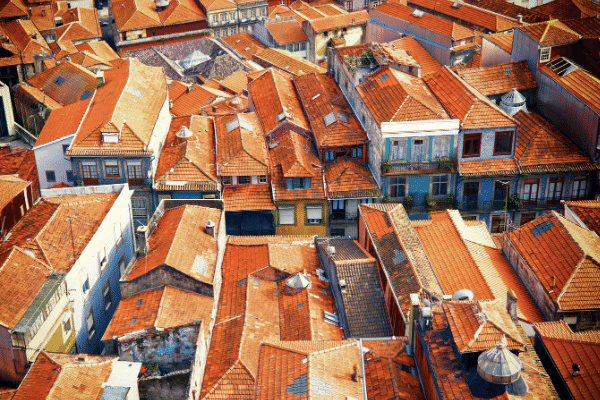In this article we collect some ideas that will surely help you too to keep your clean and delicate wooden Floor Sanding in good condition, no matter who steps on them.
1. They were designed to walk barefoot on them :
The worst enemies of parquet and floating Floor Sanding are street shoes and sneakers. They bring little stones attached to their soles, chewing gum and dirt, both sticky and sharp, dangerous edges in the case of heels, water when it rains or they clean the streets …The best thing is that you take off your shoes as soon as you enter the door and enjoy your Floor Sanding in house slippers, socks or on your own pins, if it is not cold yet. If you resist this practice, at least put a good doormat on the door and raise awareness for everyone to use.
2. Is your newly laid parquet being raised?
There can be two problems: either the screed – a layer of cement that is applied before putting the resin – is loose, in which case it is advisable to put more screed to strengthen that cement … or the wood is not mounted correctly – they may have put Too much glue and this makes Floor Sanding it appear puffy, due to the water that the glue incorporates.In both cases, you have to call the professional who performed the installation to come, raise a table, and see for yourself what is happening.
3. Has enough water fallen on the platform?
Quick answer: Dry it, RUN! You have a few seconds before it begins to seep through its slits. And the humidity works like a time bomb with your parquet or floating Floor Sanding. Pass kitchen paper in industrial quantities and, if the water has penetrated between the joints, use a hair dryer with care to avoid burning the wood.
This applies to stains: do not allow them to dry out, remove them with a damp cloth immediately. Wash liquids like milk or juice with mild detergent. And ink stains or marker with a little alcohol.In any case, do it with mild and soapy detergents , especially indicated for these Floor Sanding, and never with vinegars, as they will spoil the wood with their acids. Ah! And by the way, always wash the mop once every 10 days , well drained so that it does not release too much water that seeps between the joints.
4. What if you get glue or something sticky that hardens?
In this case, arm yourself with nail polish remover, cotton and an incisor element, but not sharp , because we are going to a treatment of absolute precision: gradually apply the nail polish remover and rub gently to see if the sticky stain softens and comes out. Add intensity and the help of the element (it can be a screwdriver wrapped in a rag, to help you scratch), until you see results.
5. Cover the legs of all the furniture :
Above all, the heaviest furniture, and those that you move regularly. Oh, and support our campaign so that everyone stops dragging chairs when sitting at the table.
6. Move from brush to mop :
Do not hesitate.You’ll finish earlier, pick up more dirt, and give your Floor Sanding the soft caress it’s craving for, rather than the light but constant abrasion of plastic bristles.
7. If the parquet or floorboards creak in a specific area …
Most likely, in the case of parquet, it is that the screed has been released , that layer of cement that is applied before putting the resin we were talking about at the beginning. The best thing is to lift that area, clean and glue the floor polishing again , afterwards slashing the room completely (since doing it only in one point would show too much).
8. Goodbye to crunches with talcum powder :
Spread this soft mineral over the crackling pieces, and spread it with a brush or a brush, so that it goes into the cracks. Let it sit for a few minutes and then clean with a damp cloth and your wood product.Repeat the operation several times as you pass over the boards so that the compound settles. The hygrometric changes —increases or decreases in humidity, at different times of the year— will cause changes in the size and contact shape of each table. The talc will fill, as a softening pad , these voids or frictions that cause squeaks.

9. And goodbye to humidity changes with …
The help of a humidifier in summer and heating in winter. Ideally, you should maintain a balanced level all year round, between 35% and 65%.By the way, speaking of humidity: if your parquet rises because of it, chances are you have a leak in some pipe. Look well everywhere, including the rear of skirting boards. It can also be a leak from an electrical appliance, such as a washing machine or refrigerator.
10. Floor Sanding and varnishing every 10 years :
If you let a lot of time pass between slashing and slashing, you’ll need to polish more deeply to get it back in shape. In short and according to our professional parquet cutters and cutters, a dry and clean parquet that does not face daily abrasions can last you (periodic maintenance through) more than 25 years.
11. And finally, what floor do I recommend to install from scratch?
Let’s go for options: the economic and resistant one can be a laminated Floor Sanding – not made of wood – of AC4 quality.An AC5 will be a little more resistant and, also, a little more expensive.If the option has to be wood yes or yes , we will go for multilayer laminate Floor Sanding . Of course: keep in mind that, with 3 mm thickness of noble wood, you can only sand it once.And if you are looking for a parquet that will last you “your whole life” , go for one made of 100% 1 cm thick wood. It must be installed by a professional because its complication is much greater than that of the previous options.And if you need to repair, cut, sand or varnish parquet, laminate flooring or laminate floors ,. already know, do not hesitate to consult our professional parquetistas.






